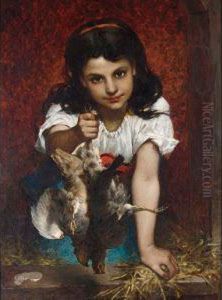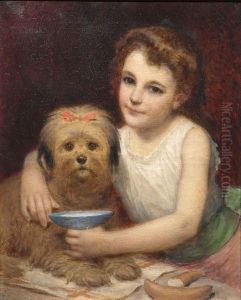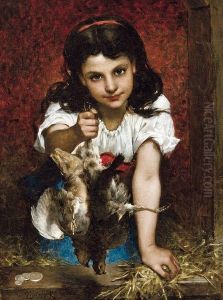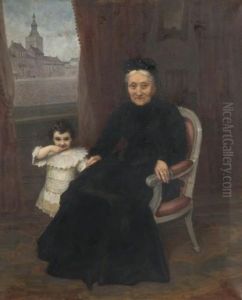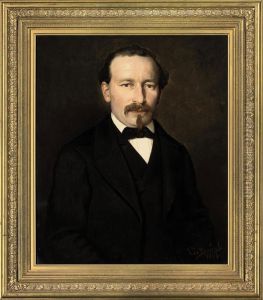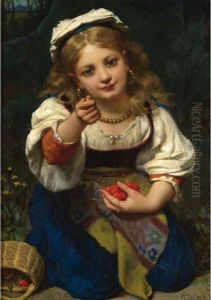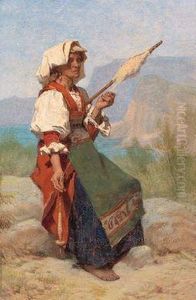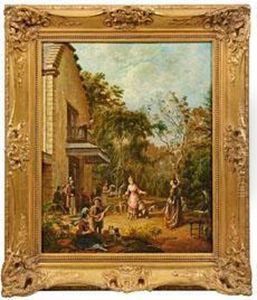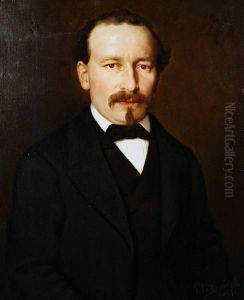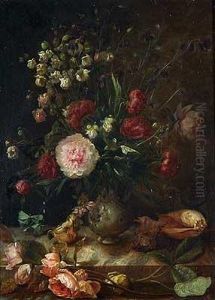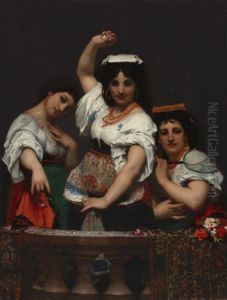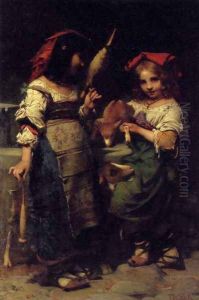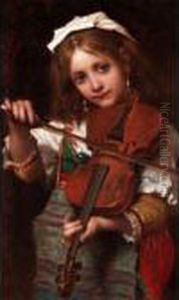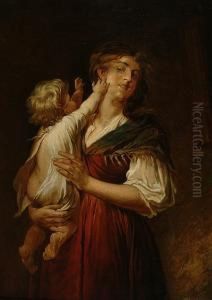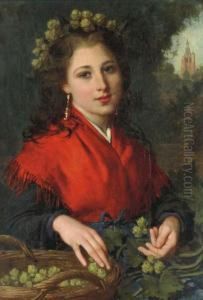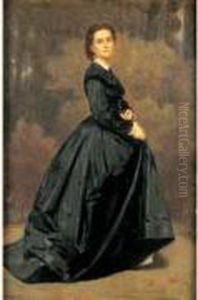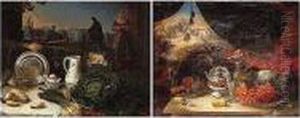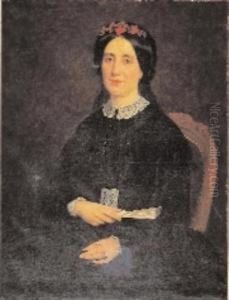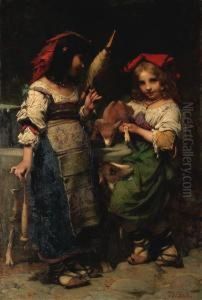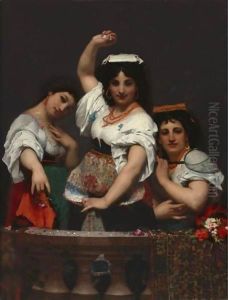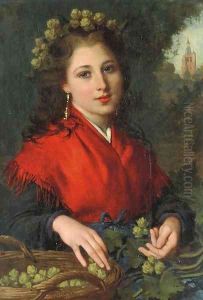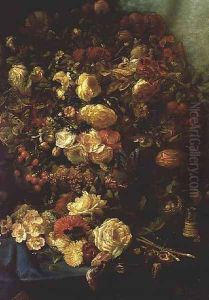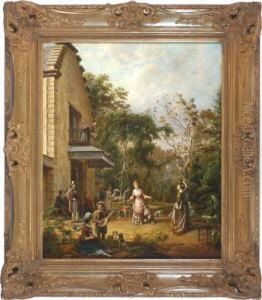Pierre-Louis-Joseph de Coninck Paintings
Pierre-Louis-Joseph de Coninck was a notable 19th-century French painter known for his genre scenes, historical paintings, and portraits. Born on October 22, 1828, in Meteren, Nord, France, he developed an early interest in art and went on to study at the École des Beaux-Arts in Paris. He was a student of François-Édouard Picot and later, Léon Cogniet, two prominent French artists of the time.
Coninck's style was heavily influenced by the academic tradition, which emphasized classical techniques and subjects. His works often depicted scenes from everyday life, as well as moments from history and mythology. He received recognition and acclaim during his lifetime, exhibiting his paintings at the prestigious Paris Salon, where he won several medals, including a third-class medal in 1859 and a second-class medal in 1861.
During his career, de Coninck also received commissions for religious paintings from various churches in France. His artwork is characterized by its fine detail, realistic representation, and often, a sense of idealism. Among his well-known works are 'La Leçon de danse' (The Dance Lesson) and 'La Fille du pêcheur' (The Fisherman's Daughter).
De Coninck's legacy is that of a skilled painter who was able to capture the essence of French life and culture during the Second Empire and early Third Republic. His works are preserved in various museums and private collections around the world. Pierre-Louis-Joseph de Coninck passed away on December 29, 1910, leaving behind a body of work that continues to be appreciated for its craftsmanship and historical value.
